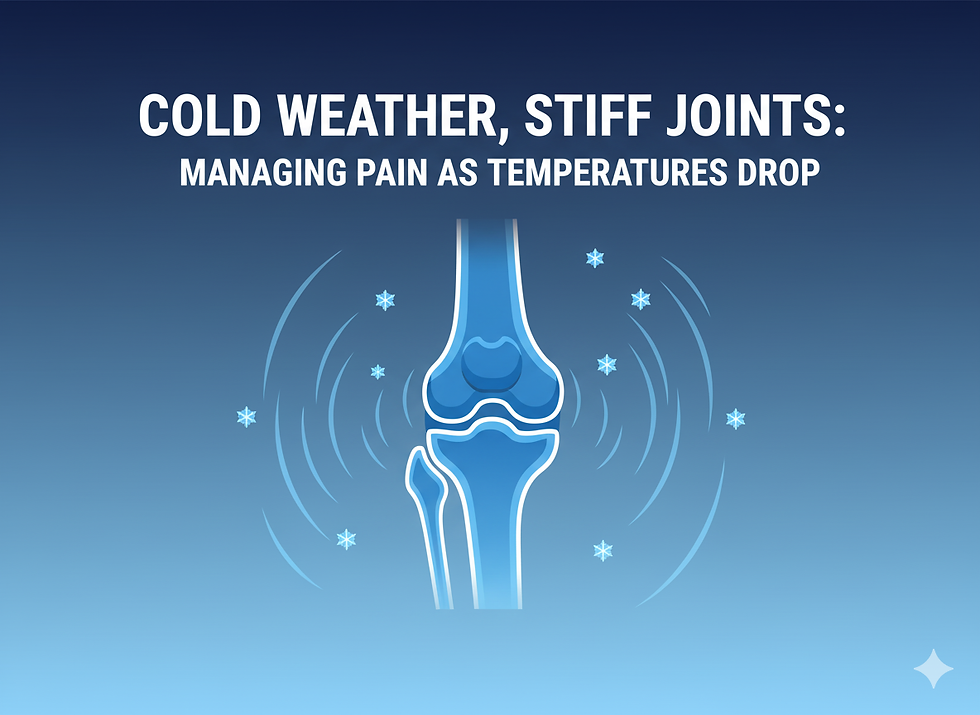Hip Weakness and its Contribution to Knee Pain
- K-Town Physio

- Jul 20, 2022
- 2 min read
Knee pain is one of the most common conditions treated by physiotherapists. There are several specific structures that can be injured in and around the knee, such as ligaments, tendons and menisci. What many people don’t realize though, is the role hip musculature, particularly the gluteus medius and gluteus maximus, play in contributing to (or preventing!) knee pain.
Knee & Hip Anatomy

The gluteal muscles are primarily responsible for facilitating hip extension (moving your leg backwards as if winding up to kick a soccer ball) and abduction (moving the leg laterally away from the body). These muscles also assist with hip external rotation (rotating the leg outwards), internal rotation (rotating the leg inwards) and adduction (moving the leg inwards towards the midline of the body). This group of muscles is capable of generating a lot of force, and play a major role in standing, walking and locomotion.
The gluteal muscles surround the hip, and control movement and positioning of the femur (thigh bone). Over time, for any number of reasons, the gluteal muscles can become weak or inhibited by pain, altering the alignment of the patella (knee cap), femur and tibia (lower leg bone). This misalignment causes stress on the knee joint, resulting in nearby muscles such as the tensor fascia latae (iliotibial band) or hamstrings (just to name a few!) to become overactive. This overactivity causes compensatory stress at the knee joint leading to pain and/or injury.
Hip strengthening is often vital in successfully treating knee pain and preventing its return. By controlling the position of the knees during activity, and improving alignment of the neighbouring bones, hip strengthening treats the problem - and pain - at the source! The exercises below are specifically tailored to improving hip strength, so you can correct the issues causing your pain and get back to doing what you love pain-free.
Hip Strengthening Exercises

As your glute strength increases, these exercises can be progressed to more functional exercises and integrated into your daily activities and sports. Book in now to see your K-TOWN Physiotherapist for a full assessment and a personalized home exercise program to get you back moving.
Written by: Kate Attwood - Registered Physiotherapist, FCAMPT
Exercise Photos from Physiotec
References
Rowe J, Shafer L, Kelley K, et al. Hip Strength and Knee Pain in Females. North American Journal of Sports Physical Therapy. 2007. 2(3): 164-169.
Thiago R. T., SantosBárbara A. et al. Effectiveness of hip muscle strengthening in patellofemoral pain syndrome patients: a systematic review. Brazilian Journal of Physical Therapy. 2015. 19 (3)



